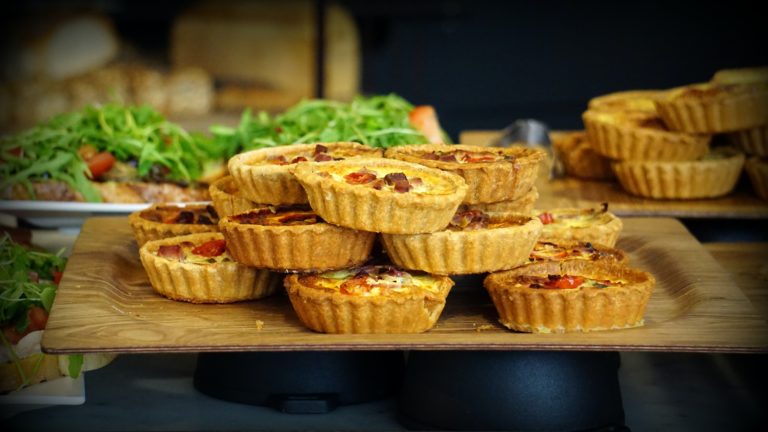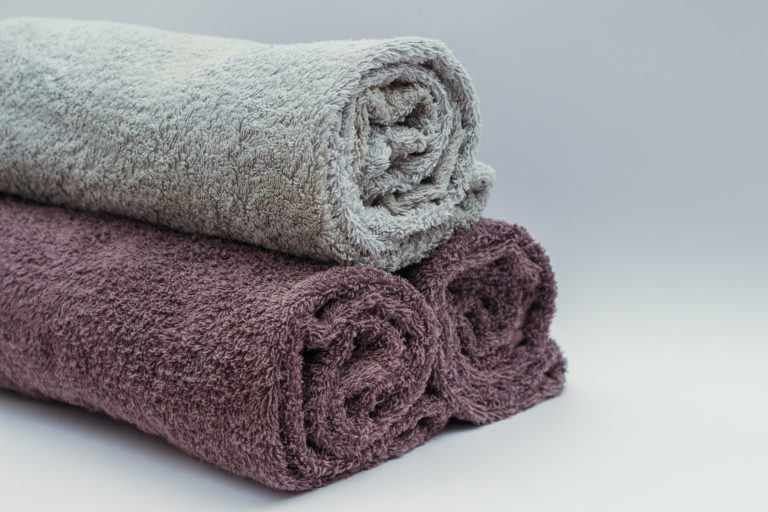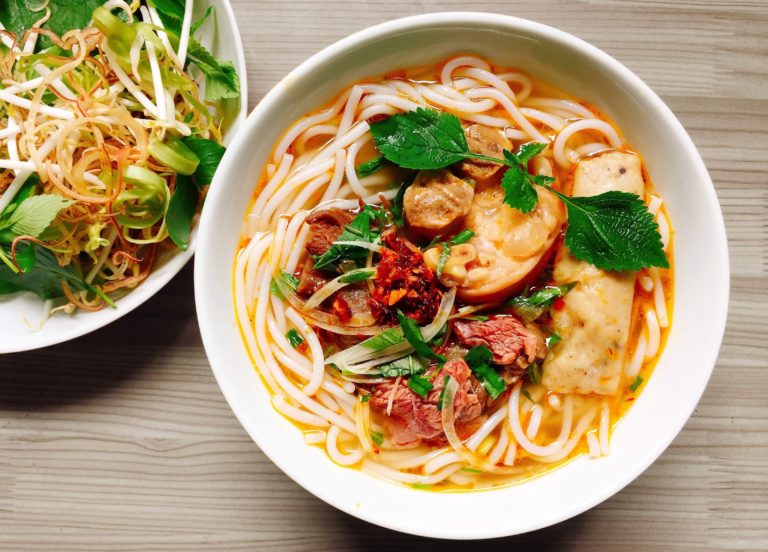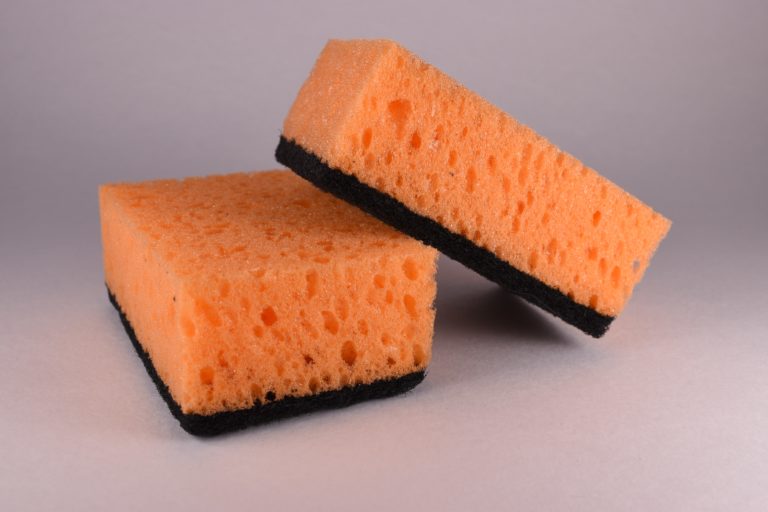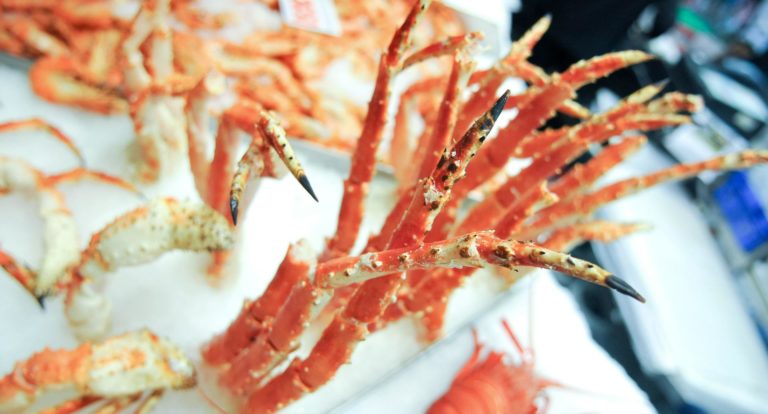Can You Microwave Ziploc Containers?
In the kitchen, plastic containers play an important role. They can be used to heat food leftovers or to make quick snacks for kids.
Some types of plastic containers are not safe to use in the microwave. Some people can’t handle the intense heat associated with the microwave.
Whenever microwave-safe plastic is mentioned, one type of plastic that comes up is Ziploc bags. Is it possible that you can microwave the bags?
YES! For safe microwave use, Ziploc containers and bags were specially manufactured. There is a “microwave-safe” label on some Ziploc containers.
The containers have met the FDA’s safety requirements for the temperature at which food can be reheated in a microwave oven, according to the label.
They were able to confirm that the container could not melt under high heat from the microwave.
To comply with all the safety and quality regulations, these plastics are extensively evaluated for safety and toxicity.
Studies show that the growth of cancer cells is encouraged by the use of the chemical BPA.
Milk-container liners, food can coating, and food storage containers are some of the plastic products that the chemical is used to manufacture.
This type of plastic isn’t made of harmful substances. People raised concerns a few years ago about the dangers of using plastic containers in microwaves.
The argument was that a combination of plastic, fat, and high heat can cause dioxin to be released into the food and body cells, increasing the risk of cancer.
These Ziploc containers and bags are free from dioxin.
Table of Contents
What Are Ziploc Containers Made of?
The Ziploc containers are referred to as recycling 5. It’s good for hot-fill liquids because it has a high melting point, which is why it is the most common form of microwave-safe plastic.
These containers are BPA-free and dioxin-free. They can be recycled. But they are not made from recycled materials. The melting point of the containers is between 320F and 160C.
It is not safe for use in conventional ovens, under browning elements, or with stove top heating as a result of its ability to resist the temperature of hot foods.
How Can I Microwave Ziploc Containers?
Make sure you follow the written instructions on the packaging when using a Ziploc bag in the microwave. It’s important to read the instructions when cooking in the microwave.
It is recommended to cut the food into small and uniform pieces when preparing meals in Ziploc containers.
The food will heat uniformly and the amount of time taken to heat will be reduced by this. The lifespan of the container is increased because of the reduced heating time.
Sauces, like spaghetti sauce or ranch dressing, should be added in the last seconds of cooking, since liquids tend to heat faster than meat.
Adding them earlier will increase the temperature inside the microwave.
Venting the plastic container is necessary before microwaving food. The lid can be left open to allow steam to escape.
Things to Know Before Microwaving Ziploc Containers
A line of sealable plastic containers that are labeled microwave safe has been developed by Ziploc.
There are a few key details that should be carefully followed after reading the manufacturer’s instructions.
According to the instructions on the packaging, foods should only be reheated or defrosted in the Ziploc containers.
The plastic containers that are used for cooking are not designed to handle temperatures associated with food preparation.
It’s a good idea to microwave items with high fat and sugar to keep the plastic containers from overheating.
Ziploc containers should be placed on a microwave-safe dish and microwaved with medium to low power using one-minute durations.
The build-up of steam inside the container should be avoided with the help of the vent.
Carefully examine the container after each 1-minute interval to make sure the plastic is not starting to heat up.
When you meal prep food, cut it up into small, uniform-sized pieces so it can be reheated in Ziploc containers.
The smaller bites will cut down on the time it takes to meet food safety standards. Liquids tend to heat up more quickly than dense foods.
Adding liquids earlier increases the temperature within the container, which puts it at risk of overheating.
Adding liquids earlier increases the temperature within the container, which puts it at risk of overheating.
The danger of overheating the plastic container has been reduced by the diminished microwave time.
The usable lifespan of the receptacle is extended as a result of the lessened chance of warping the container.
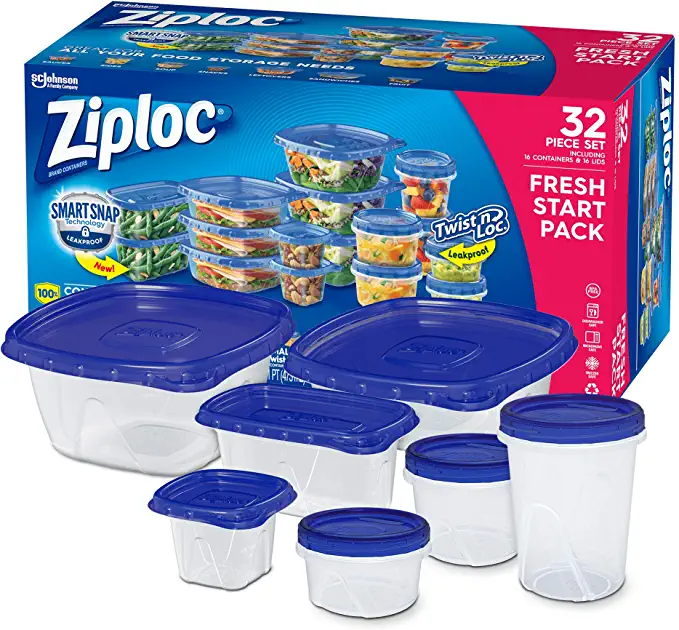
Conclusion
Ziploc containers are key, like all other things. If using a container in the microwave, follow the directions on the label.
Before you cook in the microwave, make sure you read the instructions. In most cases, foods have unique heating requirements.
It is best to cut the food into small pieces when heating it in a Ziploc container.
This will allow the food to be evenly cooked and cut down on the time it takes to heat up. The likelihood of container warping is reduced by less heating time.
Sauces like spaghetti sauce or ranch dressing should be added in the last few seconds of cooking because liquids heat up faster than solid meals.
If you put them in the microwave sooner, the temperature will go up.
The plastic container needs to be emptied before microwaving the meal. Leave the lid open so that steam can escape.
If you have had success with microwave Ziploc containers, you already know that it is easy to use the same methods again.
The manufacturer’s packaging contains critical recommendations that should be read, even if the containers are labeled “microwave safe”.
Ziploc has always been looking at new ways to ensure that its consumers’ health comes first.
To ensure proper usage of the product, you as a customer must remember to use their products well and be responsible.

Foodie and a passionate cook, I am here to share all of what I know about cooking, kitchen, and food prepping.
Follow me for delicious and healthy recipes.

